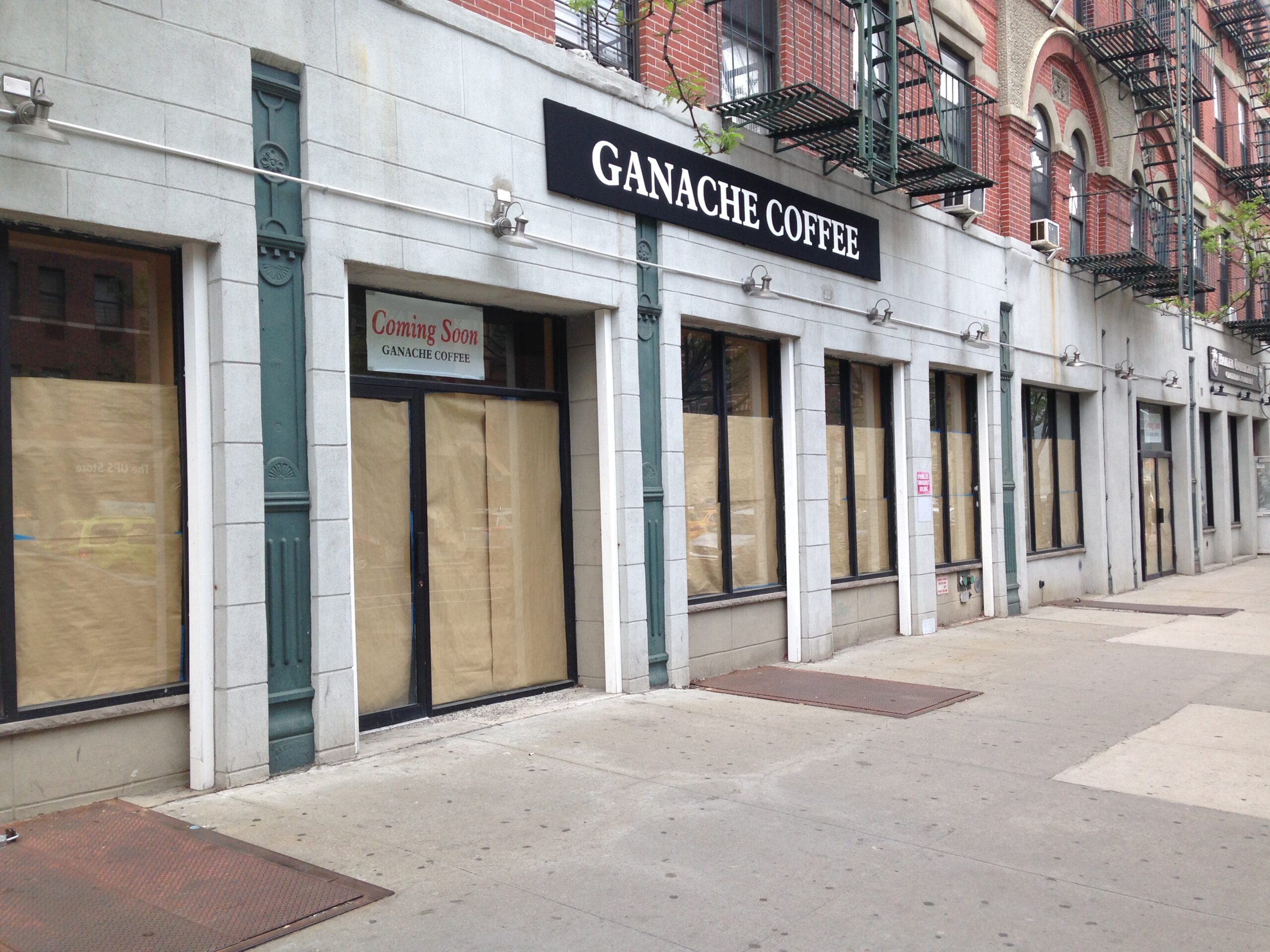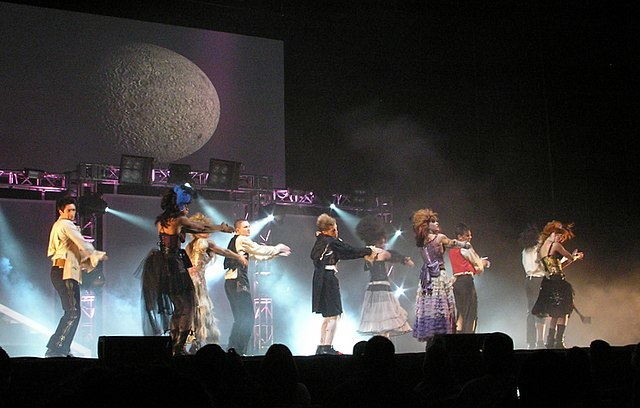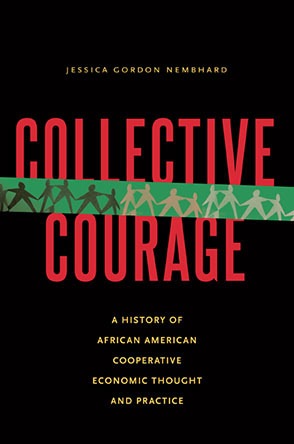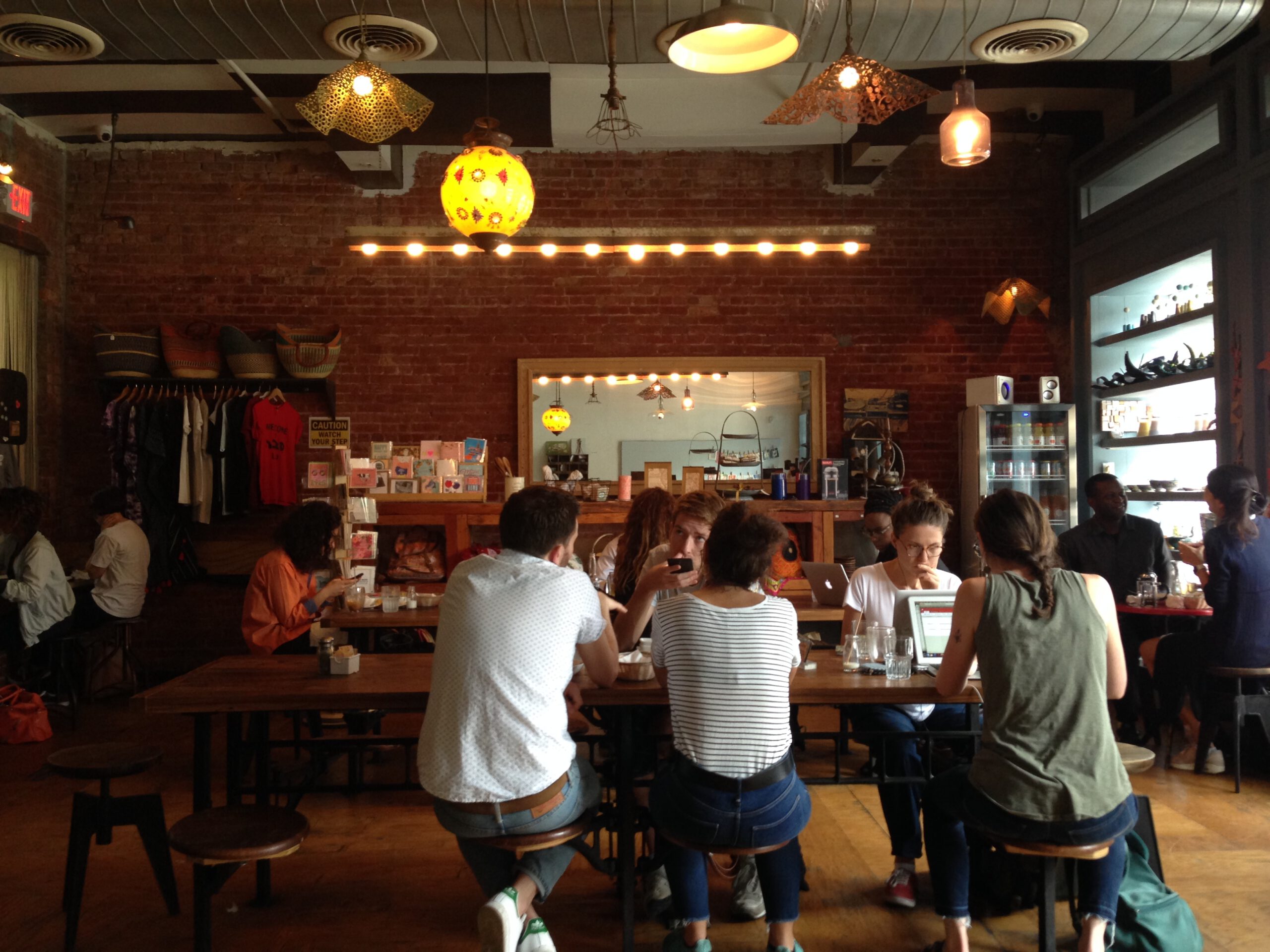Giving back by giving it up: on gentrification, reparations, dance, and probably too many other things (Part 2)
May 17, 2018

Benedict Nguyen
A semi-concrete abstract:
I try to write about a lot of things: gentrification and space, the power and capacity to choose where to be (in dance and in the world), reparations and who’s owed what, and how to reorganize institutions and non-profit boards, workers cooperatives, and more. In Part I, I start by throwing myself under the bus to connect the evolving gentrification in the South Bronx and dialogues on equity and changing institutions in dance. In Part II, I try to imagine some specific-ish solutions to these questions to reconsider institutional structures more democratically. There are specific examples and ideas and some pop culture references and more. Thanks for reading this super-maximalist thought experiment.
Part II: Tearing down the board and building up worker cooperatives
I am recognizing that the United States’ funding structures and culture around the arts aren’t fit to fully make room for the abundance of talent and creativity and experience wielded by artists not in powerful positions at institutions. The system of grant giving is a ruthless endgame that even stars like Raja Feather Kelly don’t win. With so many artists trying to carve space in the field and so few institutions with the resources to support and showcase them, these folks in power wield disproportionate influence in deeming who is “worthy” and who is just a “hobbyist” wiggling around in their living room.
So, what could an alternative look like? This could look like more explicitly intentioned curatorial practices from presenters, this could look like a marketing vision that goes beyond SEO-friendly and funder-approved buzzwords to incorporate the depths of content, rather than what simply sounds trendy or meaningful. This could look like more cross-community partnerships, as suggested and already put in practice by artists from the SLIPPAGE convening. Another example: Jaamil Olawale Kosoko has stated that institutions need to be in touch with the technocratic instruments people use to curate their individual lives. Black intellectual and creative ideas have broken the internet time and time again to little recognition or compensation.
Maybe we can draw inspiration from that dance media that so successfully draws clicks, dollars, and more in an obvious way. While much has already been written about So You Think You Can Dance’s problematic ideas on aesthetics and pedagogy, there’s something to consider in what made this reality competition popular. Artists shouldn’t have to tie their work in a pretty box with a pretty bow. Narrative-driven, 90-second works don’t need to be the only form of pedagogy and engagement. But the show has figured a way to makes dance palatable for audiences. Could institutions borrow from these tactics?

The show’s broader format presents a strangely appealing way to consider an audience’s role in re-inscribing dance and performance in our time. SYTYCD encapsulates an idyllically democratic American dream, where everyone with TV, internet, and/or a phone connection can have a say in deciding a winner, who and which ideas are relevant, and which bodies get to be the dancing beacons of this ideal. What if dance institutions cut the TV magic and the focus on pretty faces and virtuosic tricks but structured their work with that same ethic? What if they asked the audiences and artists that keep them going: “Who are our winners? Plural? Why do they resonate?”
Instead, my cynicism asks: Why is the “board of a directors” a thing? Is it more than a mechanism for an elite to sway influence and shape the direction of an organization? Yes, many members may have a deep history of work in the field, but is that enough to say what happens in our future? Who gets to be on the board of directors? For too many organizations in non-profit land, like being an artist in the first place, it’s still a pay to play game. (Yep, I just cited myself). Everyone is given the chance to be an individual donor; it’s a fundraising tactic disguised as community-building and engagement that’s threaded into every performance program, looped into annual galas, and flooded during End-of-Year campaigns. Yet, this too is made hierarchical by how much and how often one can transfer cash. All without the same access to power as being on the Board.
What if the people in charge didn’t have a give-get requirement to have a say? What if the floodgates to power fell open? What might an artist-owned and artist-led worker cooperative look like? I’m getting there, I promise.
Curation has been an increasingly pluralistic practice, with people sharing in the creation, articulation, and execution of a vision. I’m into it. What if the artistic vision of an organization, presenter, festival, or any curatorial project were expanded even further? As a limited funding environment has resulted in leaner-staffed organizations in many cases, 501c3s often emulate the hierarchical business model from senior leadership down to the eager (and often, privileged) interns.
What if instead of a rigorous application to show your work, all you had to do was show up (IRL or virtually) and care? Instead of a quarterly board meeting, what if more folks could engage with proposals and resolutions or whatever on their own time? Maybe the debate would last longer but also, maybe the vision that emerges would have more nuance, more voices, and more representation?
What if the chance to be a star wasn’t boxed in by the gatekeepers you’re supposed to know or the influencers who have made you someone worth knowing? Rather than the scarcity of selecting one artist out of many for an exclusive grant, residency, or fellowship, what if people could pool resources and shift from a scarcity framework to an abundant one?
What if, instead of closed-door meetings where a few try and figure out what the many want, there was a virtual room where the many could hash out a season of programming and performance together? Worker cooperatives have long-established traditions and stories that could help bring this science fiction to reality. In Jackson, Mississippi, Cooperative Jackson has been creating an alternative “economy of co-ops working together, and running independently from the dominant economy—co-op farms selling to co-op restaurants, co-op dry cleaners taking out loans from co-op banks.” And since we have to care about money—studies have shown that co-ops not only have the potential to run more efficiently but also, are more prepared to handle financial hurdles thanks to the shared stake in an organization’s sustainability. Isn’t that one definition of equity? These alternative economies are happening below the radar of big investments in the South Bronx and communities everywhere. What could this look like in the arts?

Some coop advocates suggest this structure can make for a slower moving process, but surely we can dream up ways to keep the boat moving and have more people at the wheel. Jessica Gordon Nembhard’s Collective Courage: A History of African-American Cooperative Economic Thought and Practice traces the fraught connections between co-ops and civil rights and shows that, even when they have failed, participants moved on with better organized communities. With better organization and communication, could the communities serviced by arts institutions (and those existing outside) move forward together, more purposefully?
All of this is nice and grand and somewhat sidestepping a big question at hand: But who’s going to pay for everything? People like knowing how their money is being spent. They want to know that the money they donate to survivors of Hurricanes Harvey and Maria will actually go to help them recover. (It doesn’t always). Foundations want to make sure competitively awarded grants get used to make good things. And it’s in everyone’s best interest that artists are able to follow through. What better way to make sure artists and grantmakers both hold up their end of the bargain by holding each other accountable? Because of course, people are messy. Artists who care about their communities also have jobs (ha) and accidentally fail to show up to their friends’ shows or community meetings. The representatives of institutions can’t always see everything there is to see either. Panels have to consider three-minute video samples in lieu of live performances.
And somehow, organizations make decisions. The arts keep moving and it all keeps happening, but, the way the world is now, so many artists get left out or left behind. In an alternate universe, maybe in a cooperative that was collectively funded and operated, wouldn’t we at least be able to know if people weren’t engaged? And then we could provide the support needed to make sure everyone gets heard. If this sounds slightly utopic, I’m not sorry.
Another hole I’ve thought about: Is there a way to prevent the politicization and scheming in this supposed democratization of an organization or community? How will artists with more resources or more access to resources not have more say in what gets made and shown?
My brain can’t answer all these questions. The Harvard Business Review (cause surely, they know something about making money and capital flow advantageously) suggests that non-hierarchical organization structures are more adaptable and more innovative. Forbes offers a series of five organizational structures (with fun diagrams) that try to address accountability as hierarchy gets flatter. The New York Times suggests funders and investors reprioritize where their money is going. This recent coverage suggests that for-profit businesses have already been exploring what equity can look like. Dance and performance can lead this conversation still further.
I could write an epic love letter to what dance does and can do. Here’s a digest: it shows bodies, sometimes in motion, sometimes as figures but always so much more. The dynamics of people in space, moving through time in just a selection of moments can suggest as many possibilities as it dares to say exist. More broadly, the arts provoke the imagination in non-linear ways that might generate ideas and solutions. They ask us to consider our humanity, our places in the world. Having a relationship to one’s body and the things it can do and create just by being is a magical science fiction that is everywhere all the time.
There are so many folks in the Bronx already living lives and sustaining communities. So why would anyone feel compelled to Make the Bronx Great Again? In dance and the arts, people create their own platforms all the time—starting new zines (see Slant’d), becoming drag sensations outside of RuPaul’s Drag Race (see Vizin), and creating cross-coalition groups (like the BUFU). And so many others that didn’t make this mostly random list of examples. So why do we care about the old institutions?
Because we’re back to relevance and resources. Bronx natives, including the founder of the blog Welcome2TheBronx Ed García Conde, pushed back on the NYTimes’ urge to recognize and the South Bronx as place that’s “Worthy.” When resources are hoarded, it’s inevitable that the folks holding them will have a disproportionate sway in what gets made and seen. When people are trying to carve new spaces and paint new visions, society’s least represented (or most mis-represented) also bear the burden of representation to shine brightly. The departure of Laura Raicovich at the Queens Museum suggests that at least some institutions aren’t quite ready to expand the vision for what their resources can do.
I alluded earlier to the re-making of the internet thanks to black folks. One of the many things the cultural moment of the film Black Panther has shown is that, when representation happens at this scale, people will show up and put up dollars that Society didn’t think they had. When there’s an abundance of interest, could there be room built into the system to accommodate it, to let it be explored and flourished?
The erasure of black folks is central to the story of gentrification and reparations. When considering the intermingled dismissal of immigrants, non-black people of color, disabled people, queer people, trans and non-binary folks more broadly, it obviously gets messy. Ugh, people. Without putting a universalizing “we” around these groups, can people imagine a future where our communities galvanize around more cultural moments at multiple scales all the time? Institutions, can you help?
TLDR, here are some ideas for those arts institutions out there:
- Restructure your board. Longevity and institutional memory are important. But please, make room.
- Restructure your hiring practices/your job search. For over-represented folks, maybe don’t take that job. Actually, just don’t apply to begin with.
- Re-structure your organization. How can members and artists and everyone be “invested” in a different way?
And a last thought blob: Gentrifiers, how do we get out of the way? I think the obvious and uncomfortable answer is to leave, but then I often wonder about where artists would go if they left New York. Where do migrating folks not spur on new waves of gentrification elsewhere? If we stay, can folks be a less terrible presence? Heather M. O’Brien has a take. I’m gonna keep asking myself what I can do and what I can try to give up.
But I’ll end by shining that harsh light back on institutions and their leaders: What do you have? What if you gave it up?
